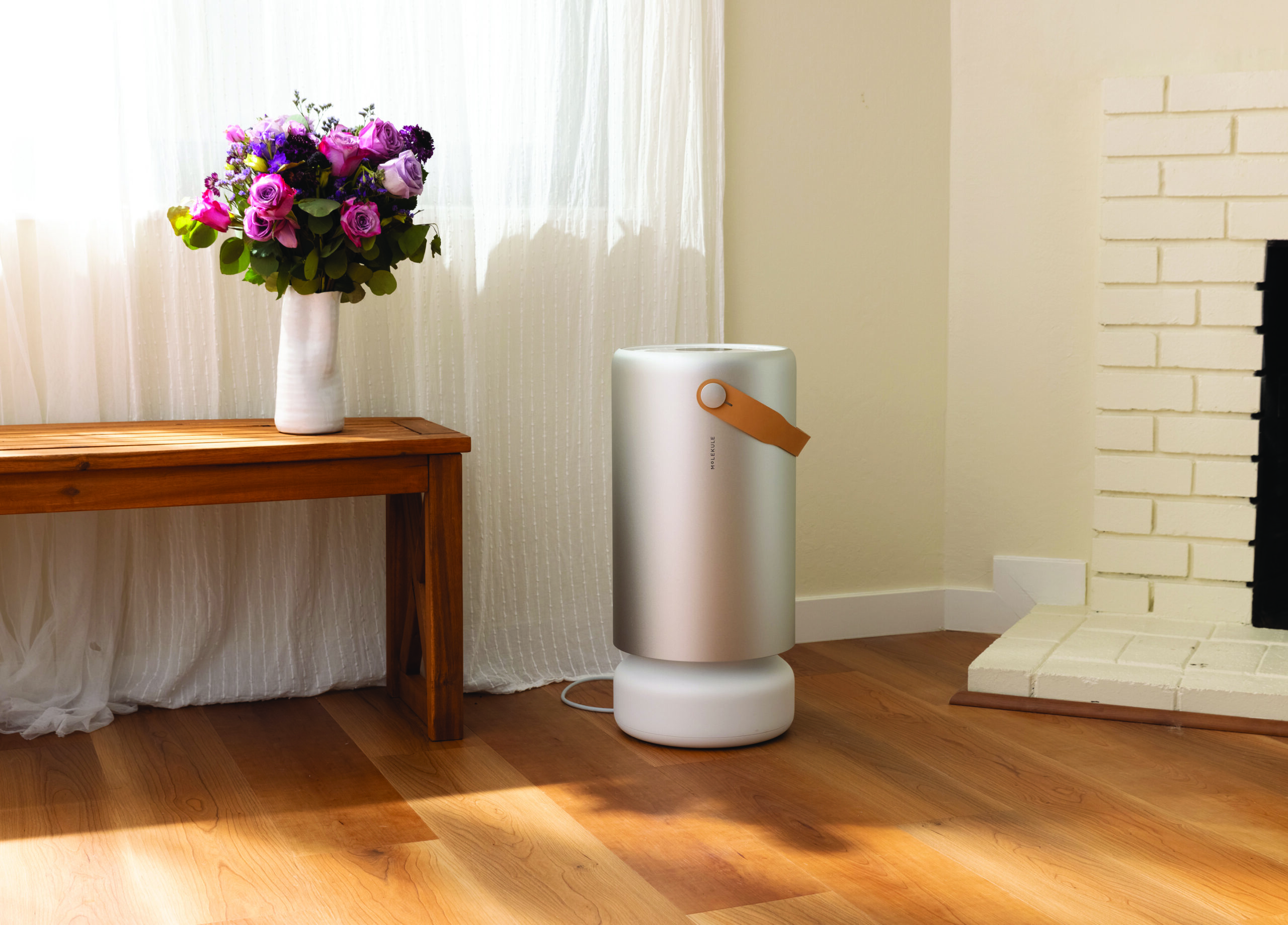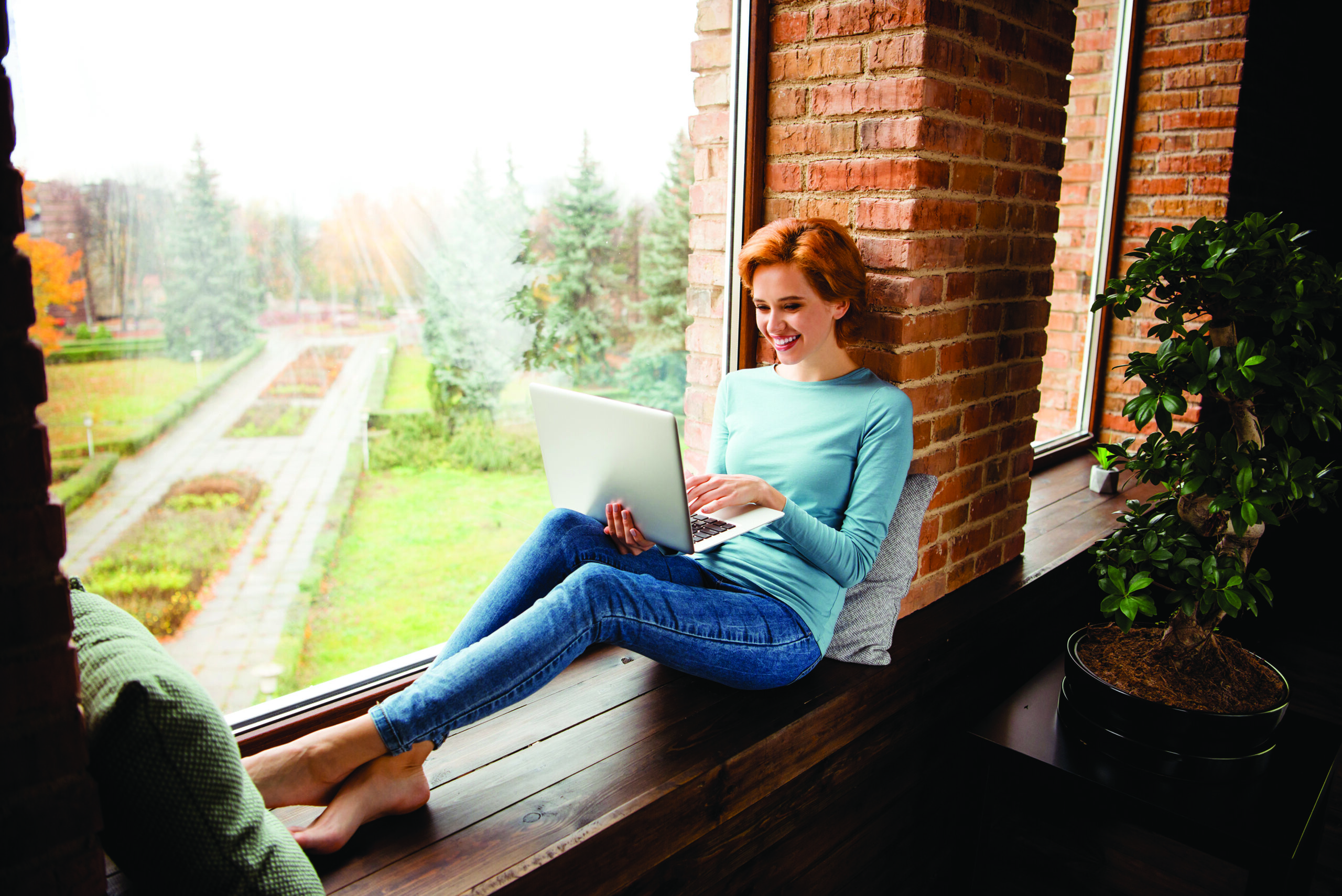Fall seems to begin when the first cool breezes hint of falling leaves and chilly nights.
Nothing softens the blow of this seasonal transition more than the growing synergy between technology and wellness. From extensive home automation systems to single room applications and devices to new iterations of time-worn strategies, technology can blunt autumn’s chill, put a damper on assaults on immunity, and mitigate indoor climate hazards.
Around 2010, when Paul Scialla, a Goldman Sachs partner, began his exploration of what makes a home healthy, interior air quality was just gaining prominence as an influence on health. Scialla’s efforts blossomed into the wellness real estate and technology giant, Delos, which played a pivotal role in developing the WELL Building Standard. The Delos DARWIN wellness intelligence platform focuses on air quality, water purification, circadian lighting, and comfort-based technology, aiming to simulate the natural outdoor environment. Delos has launched across all housing market segments, from mass market to luxury. It is also integrated into top home automation systems such as Creston.
A smart home system can adjust air in a single room or an entire house, create optimal levels of humidity, assess and remediate air quality, create an overlay of lighting designed to mimic circadian rhythms, and ensure a home has the right mix of fresh air. Typically, a system can sync with numerous other applications, including monitoring water leaks, synchronizing irrigation with weather conditions, managing pool maintenance, deterring intruders, and even monitoring pet doors.

Photo Courtesy Of Molekule
The integration of AI promises to also enhance defense against cybercriminals.
The ultimate integration of wellness tech might be smart home systems, but other options range from smart devices to whole-house heating and cooling systems. Smart thermostats such as Nest and Ecobee do more than simply control the temperature inside the home. They also learn the daily patterns of the occupants, sense when someone is home, and adjust the heating and cooling accordingly. Using remote sensors, devices like the Ecobee Premium can sense and adjust the temperature in individual rooms.
For major HVAC manufacturers, the focus is on air quality and remediation as much as it is on heating and cooling. “The Lennox S40 Smart Thermostat monitors sensors throughout your home while ensuring a seamless user experience bolstered by a variety of automation features,” said Ingrid Berkley, senior product marketing manager. Lennox’s Smart Air Quality Monitor detects and tracks particulates, carbon dioxide and volatile organic compounds inside the home. These systems offer a high level of purification and filtration based on real-time air quality readings.
Relatively new are ultra-efficient room-size purifiers such as Molekule Pro Air in a variety of sizes and designs, offering medical-grade filtration. Delos also introduced freestanding devices, including Well Cube, a tabletop device for offices and other units.
Making light of transitions
Changes in time and daylight hours can take a toll mentally and physically, but circadian lighting keyed to the body’s natural rhythms can reduce the impact, especially in locations where darkness can come as early as late afternoon. Keyed to the time of day, activities in specific rooms lighting inside and out is an integral part of smart home systems, which also include shade control. At bedtime, systems ensure an atmosphere of comfort and security, locking doors, arming security systems, turning down lights and setting the ideal temperature for sleep.
Adding circadian lighting doesn’t necessarily require a smart system. It can be as easy as changing the lighting in individual spaces. Phillips and others offer a range of smart home products with bulbs that can emulate different times of day, adjusting the mix of blue light. Adding a controller such as Phillips Hue Bridge enables features such as the ability to control the lights while away and the ability to integrate with Alexa and Siri. As many as 50 lights can be added to the Phillips system.


